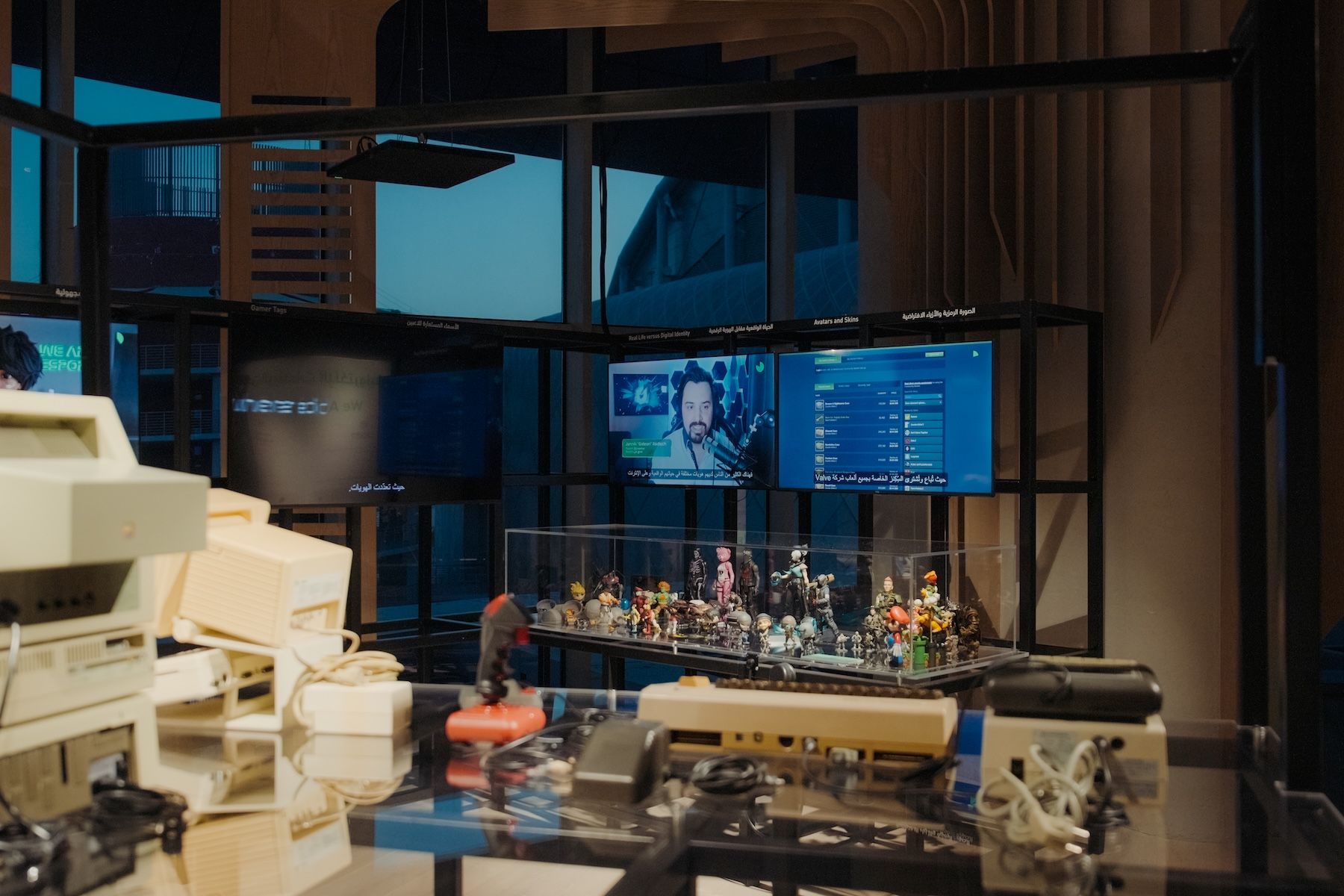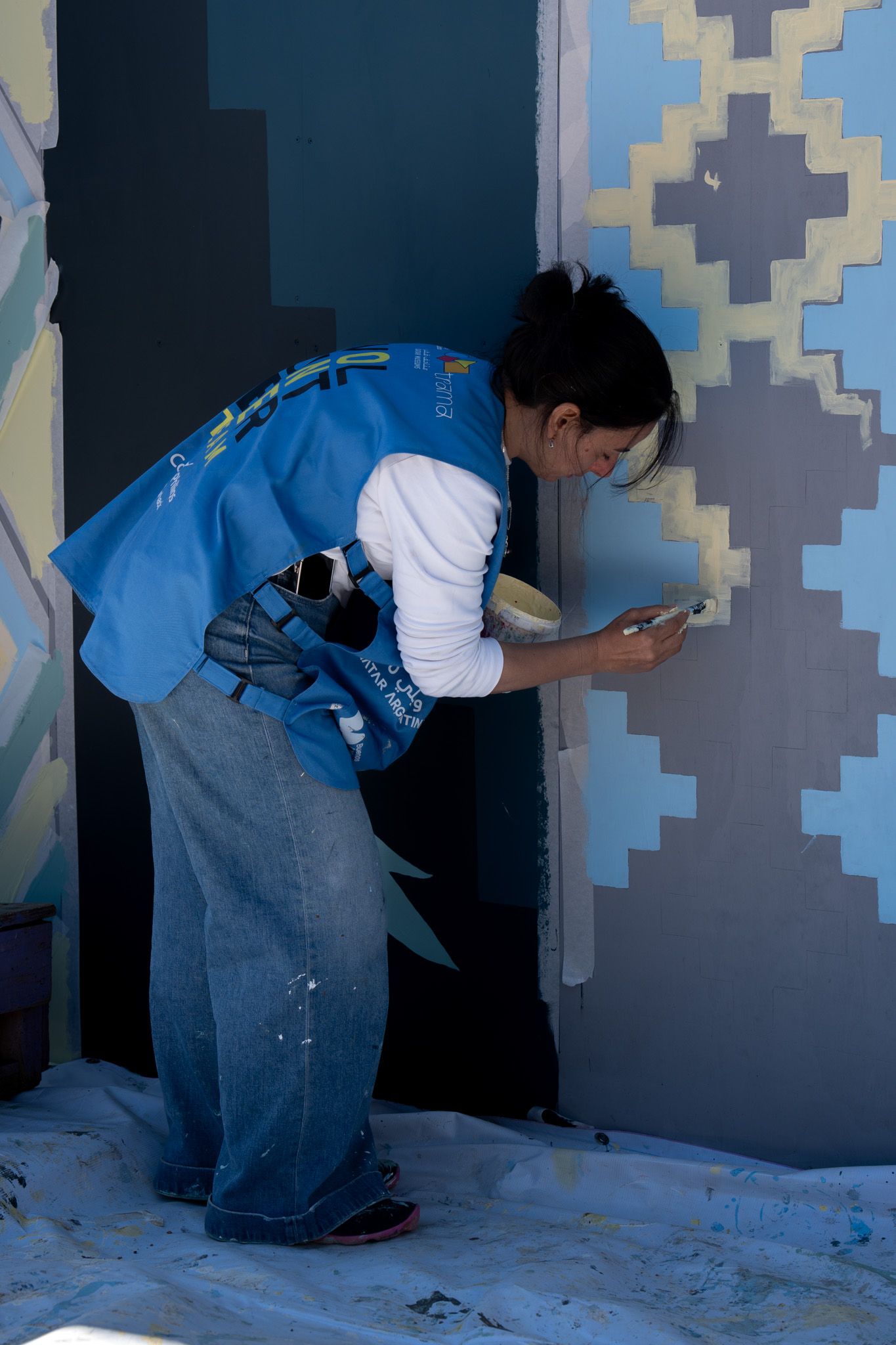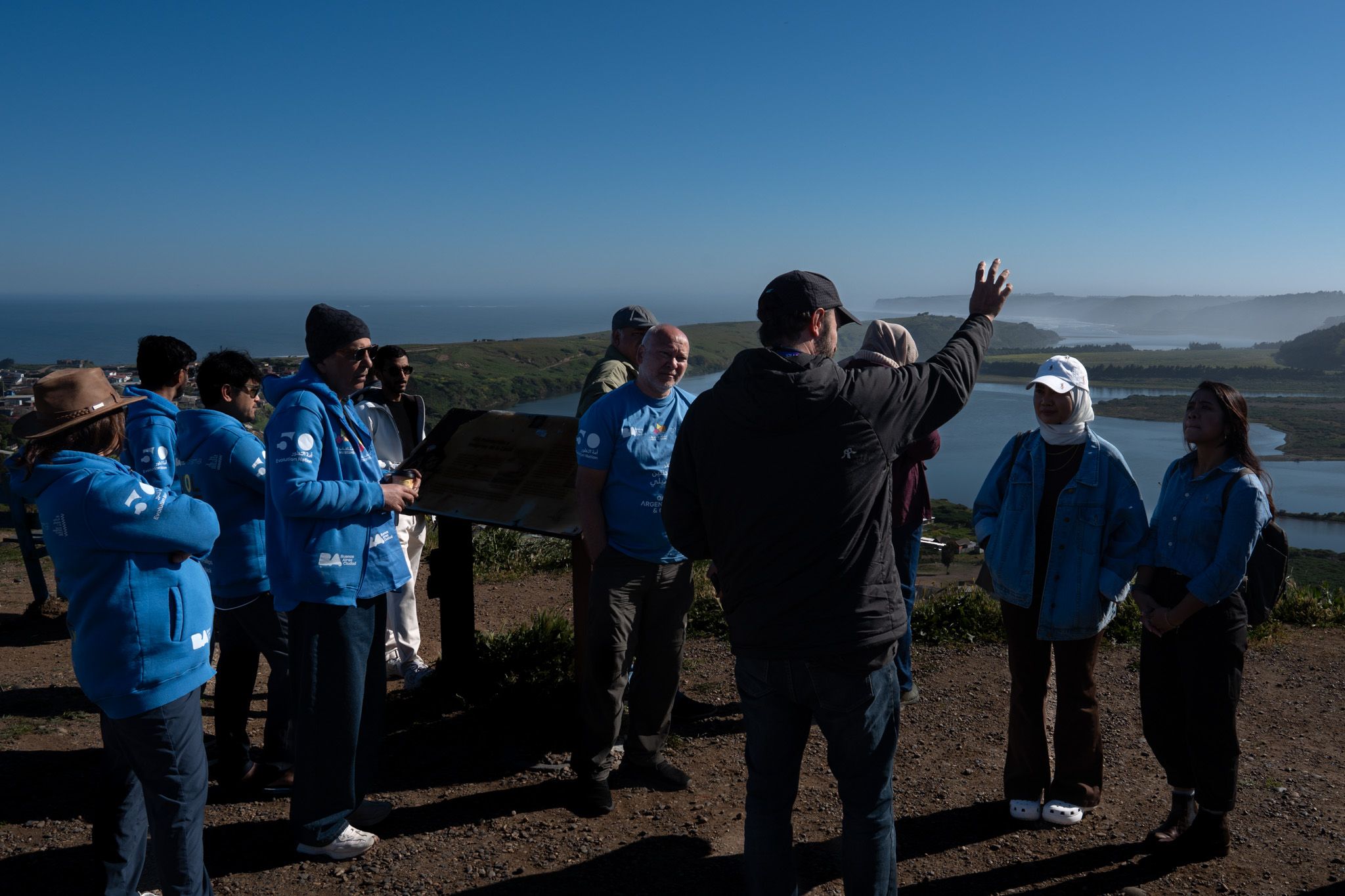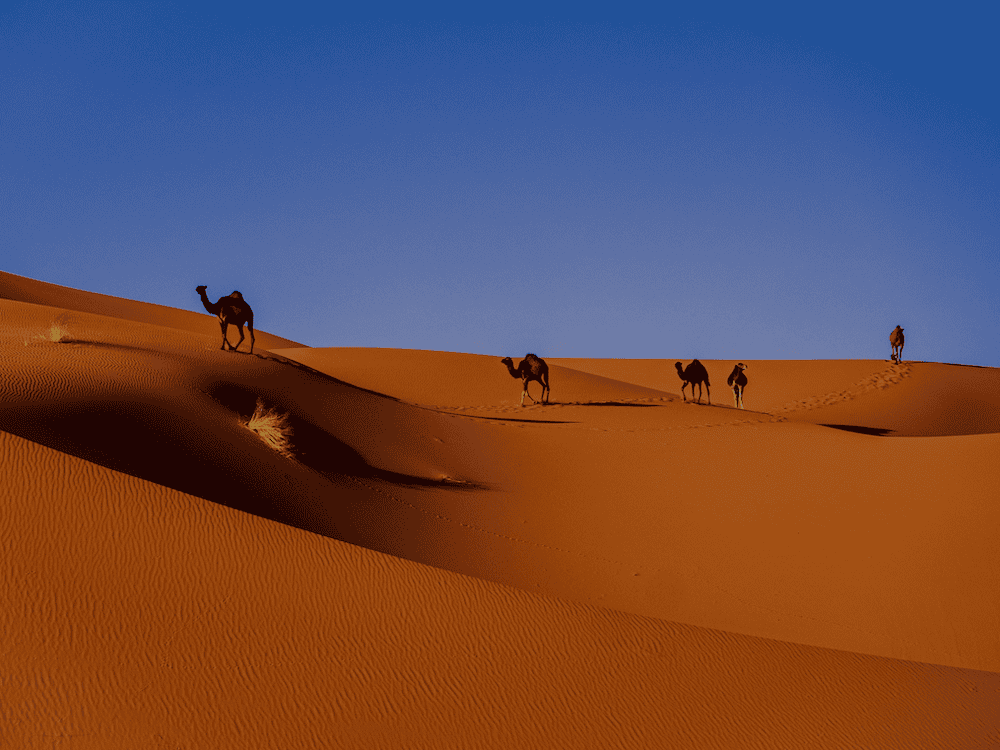
Years of Culture brings together volunteers and neighbors for environmental and cultural recovery in Matanzas
2025/10/17

Navidad, Chile – October 2025. For six days, the coastal town of Matanzas, in the commune of Navidad, was the setting for the International Volunteer Trip of Qatar–Chile 2025 Year of Culture. The program brought together Qatari volunteers, artists, and professionals with the local community to work on social, cultural, and environmental impact projects, combining beach clean-ups, artistic workshops, traditional crafts, and community gatherings.
The initiative—organized by Qatar Museums, together with the cultural manager Trama, the artistic collective La Cancha, and the Municipality of Navidad—was carried out with the collaboration of local actors in specific activities: the Federation of Seaweed Harvesters of Navidad, led by Cecilia Masferrer; the Matanzas Neighborhood Council; Bato Creative Studio, with master ceramist Ana Hinojosa; and the NGO Sup Río Abajo, which supported the beach clean-up day.
“Some of the volunteers had never been involved in beach clean-up campaigns nor experienced paddling in a kayak or SUP. For them it was unforgettable: collecting microplastics, clothes, and glass in an area that should be under UNESCO protection. (…) But, as I always say, these are moments in your life that you will remember forever. What matters is that volunteers become ambassadors, that they speak about Chile and Argentina when they return, because what we want is to leave a legacy that continues beyond the trip,” said Hazem Idriss, Director of Community Service at Qatar Museums.
A week of intercultural collaboration
The program took place in Matanzas between September 27 and October 2, with an itinerary that included:
- Coastal clean-up and water sports at the mouth of the Rapel River, supported by NGO Sup Río Abajo.
- Community mural, co-created by Chilean and Qatari artists at the Matanzas Neighborhood Council.
- Seaweed Harvesters’ Route, highlighting an ancestral trade and the transmission of women’s knowledge to new generations.
- Workshops on crafts and community creativity, including pottery, ceramics, photography, and traditional restoration techniques.
- Native flora renewal, planting emblematic species such as maqui, maitén, peumo, alstroemeria, and pata de guanaco.
- Collaborative cooking, integrating local and Qatari recipes as a space for cultural exchange.

“For us it was very important to start with a beach clean-up so that the volunteers could understand the geographical context and the unique biodiversity of the Rapel River estuary. (…) It has been a very enriching encounter: discovering connections between our cultures, from the geometry of Bedouin textiles and Chile’s Indigenous peoples, to the way both relate to nature. The first connection was always nature—that was our common language,” said José Tomás Guzmán, Director of La Cancha.
The activity with the seaweed harvesters was one of the most significant milestones of the volunteer trip, as it highlighted the role of women in this trade and reinforced the connection between culture, nature, and community.
“Years of Culture is a program focused on the legacy of the events it carries out. We chose Matanzas because we had already met a committed and organized community here, one that understands culture as a vital driver for its development. That made the difference: we knew the volunteer trip would not remain just a fleeting event but would have continuity in the community’s work and memory. For us, it was also essential to highlight rural culture and the living heritage of small towns in Chile, because that is where the roots and the most authentic expressions of our country are found. Our vision at Trama was to decentralize, to move away from large urban centers, and to commit to a territory that shows how creativity and collaboration can transform community life and leave a real legacy,” added Natalia Stipo, Director of Trama.
A shared legacy
The Volunteer’s Trip left Matanzas not only with murals, cleaner spaces, and new native plants, but also with the certainty that culture can be a bridge between people, territories, and ways of life.
In the spirit of Years of Culture, each action—from removing waste from the sea to sharing a recipe or painting a mural—became a bridge between cultures. In Matanzas, nature and community were the setting for a simple but powerful message: caring for the environment is also a way of making culture.

